Test Bank For Williams’ Basic Nutrition and Diet Therapy 15th Edition Nix
Chapter 04: Proteins
Nix: Williams’ Basic Nutrition and Diet Therapy, 15th Edition
MULTIPLE CHOICE
1. Proteins are built from simpler organic compounds called
a. indispensable amino acids.
b. amino acids.
c. fatty acids.
d. monosaccharides.
ANS: B
All proteins are made of building block units called amino acids. Proteins are made from both
dispensable and indispensable amino acids.
DIF: Cognitive Level: Knowledge REF: p. 41 TOP: Nursing Process: Planning
MSC: NCLEX: Physiological Integrity: Physiological Adaptation
2. The element that is contained in proteins but not in carbohydrates or lipids is
a. carbon.
b. hydrogen.
c. nitrogen.
d. oxygen.
ANS: C
Nitrogen is present in proteins but not in carbohydrates or lipids. Amino acids, the building
blocks of protein, are named for their chemica structure; amino refers to compounds
containing nitrogen.
DIF: Cognitive Level: Knowledge REF: p. 42 TOP: Nursing Process: Planning
MSC: NCLEX: Physiological Integrity: Physiological Adaptation
3. Two types of protein in the body are protein and protein.
a. complete, incomplete
b. animal, vegetable
c. dispensable, indispensable
d. tissue, plasma
ANS: D
Two types of protein in the body are tissue protein and plasma protein. Amino acids are
classified as indispensable, dispensable, or conditionally indispensable in the diet according to
whether the body can make them.
DIF: Cognitive Level: Comprehension REF: p. 43 TOP: Nursing Process: Planning
MSC: NCLEX: Physiological Integrity: Physiological Adaptation
4. The number of amino acids that are indispensable for human beings is
a. 6.
b. 9.
c. 11.
d. 14.
ANS: B
Nine amino acids are classified as indispensable amino acids because the body cannot
manufacture them in sufficient quantity or at all.
DIF: Cognitive Level: Knowledge REF: p. 42 TOP: Nursing Process: Planning
MSC: NCLEX: Physiological Integrity: Physiological Adaptation
5. What is the food that is the best source of indispensable amino acids?
a. Black beans
b. Peanuts
c. Safflower oil
d. Turkey
ANS: D
Indispensable amino acids are provided mostly by high-protein animal products.
DIF: Cognitive Level: Application REF: p. 42 TOP: Nursing Process: Planning
MSC: NCLEX: Physiological Integrity: Physiological Adaptation
6. A protein that contains all indispensable amino acids in the correct proportion and ratio is
a. a simple protein.
b. an incomplete protein.
c. a complete protein.
d. an indispensable protein.
ANS: C
A complete protein contains all nine indispensable amino acids in the correct proportion and
ratio needed by the body.
DIF: Cognitive Level: Knowledge REF: p. 42 TOP: Nursing Process: Planning
MSC: NCLEX: Physiological Integrity: Physiological Adaptation
7. The number of kilocalories from protein in a sandwich that contains 24 g protein is
kcal.
a. 6
b. 96
c. 120
d. 216
ANS: B
Each gram of protein has 4 kcal, so 24 g 4 kcal = 96 kcal.
DIF: Cognitive Level: Application REF: p. 53
TOP: Nursing Process: Assessment
MSC: NCLEX: Physiological Integrity: Physiological Adaptation
8. An animal protein that has relatively little value as a dietary protein source when eaten alone
is
a. an egg.
b. gelatin.
c. milk.
d. fish.
ANS: B
Gelatin is a protein food of animal origin, but it lacks three essential amino acids and has only
small amounts of leucine.
DIF: Cognitive Level: Knowledge REF: p. 45 TOP: Nursing Process: Planning
MSC: NCLEX: Physiological Integrity: Physiological Adaptation
9. Proteins from plant sources that are classified as incomplete include
a. wheat, peanuts, and corn.
b. milk, nuts, and cheese.
c. oats, gelatin, and soybeans.
d. corn, chicken, and milk.
ANS: A
Grains, peanuts, and corn are examples of plant proteins that are considered incomplete
proteins because the food is deficient in one or more of the nine indispensable amino acids.
Soy is the only plant source of complete protein.
DIF: Cognitive Level: Application REF: p. 45 TOP: Nursing Process: Planning
MSC: NCLEX: Physiological Integrity: Physiological Adaptation
10. The primary function of protein in the diet is to supply
a. energy for growth and development.
b. insulation for vital organs.
c. material for growth and maintenance.
d. all 20 amino acids for heart maintenance
ANS: C
The primary function of protein is to supply material in the body for growth, maintenance, and
repair.
DIF: Cognitive Level: Knowledge REF: p. 44 TOP: Nursing Process: Planning
MSC: NCLEX: Physiological Integrity: Physiological Adaptation

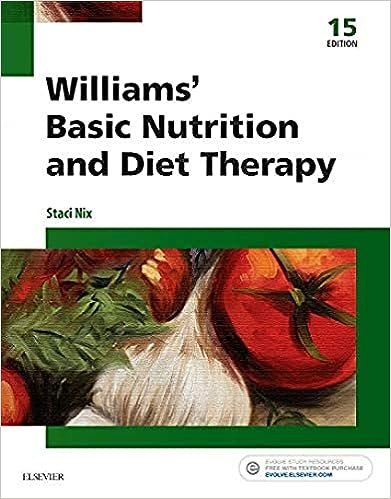
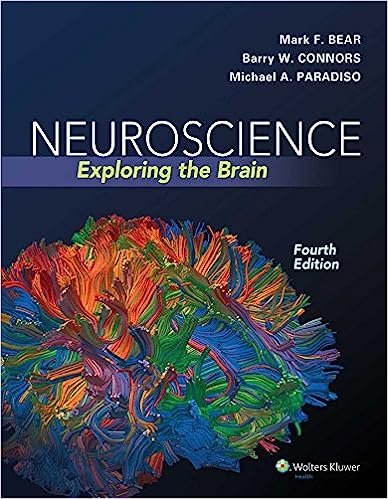
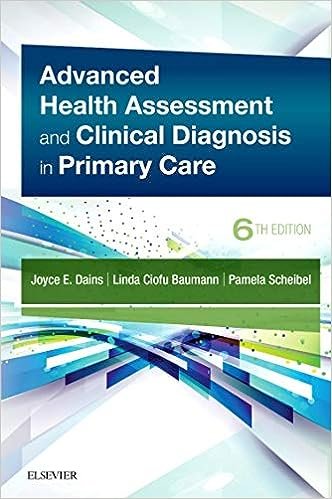
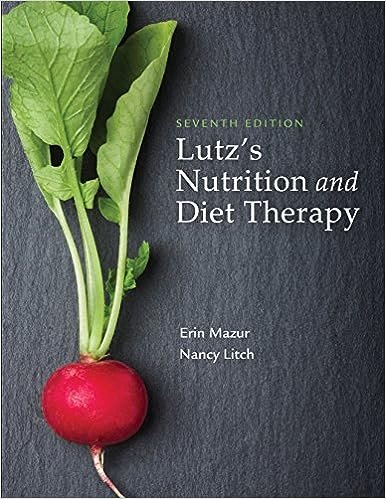
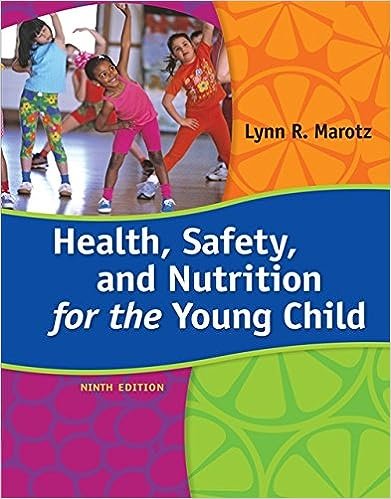
Reviews
There are no reviews yet.